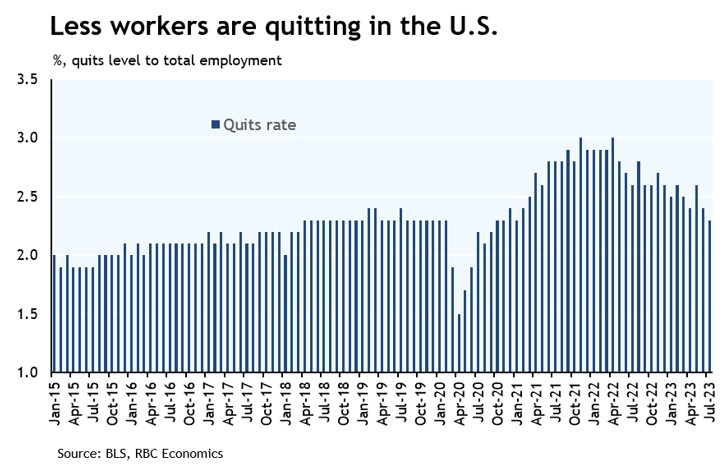The latest US Unemployment Report for August is in, and it provides an interesting snapshot of the nation’s labor market. In this blog post, we’ll break down the key takeaways from the report and what they mean for the economy.
Job Growth Remains Steady
In August, the US saw job growth of 187,000, which is a reassuring sign for the economy. This comes after downward revisions in July and June, where job increases were 157,000 and 105,000, respectively. Most of the job growth in August came from the services sector, with healthcare and leisure and hospitality contributing the most jobs, 71,000 and 40,000, respectively. Unfortunately, the transportation and warehousing sector continued to struggle, losing 34,000 jobs. This marks the fifth decline in eight months this year for this sector.
Unemployment Rate Inches Up
The unemployment rate for August rose to 3.8%, up from 3.5% in July. This increase was mainly due to a rise in the participation rate, which was not offset by higher employment. The labor force participation rate increased to 62.8% in August.
Slowing Labor Demand
Several indicators suggest that labor demand in the US is slowing. Job openings in July reached their lowest point in almost two and a half years, and quit rates have also been declining. These trends hint at a softening labor market.
Wage Growth Holds Steady
Wage growth remains relatively strong, with a 0.2% increase in average hourly earnings in August. However, the year-over-year growth rate dipped slightly from 4.4% in July to 4.3% in August.

Looking Ahead
While the employment growth in August is still robust by historical standards, signs of slowing labor demand in other sectors are cause for concern. The increase in the unemployment rate may be partially reversed in the coming months, but the overall outlook suggests cooling conditions.
Additionally, easing inflation trends and the broader economic landscape are likely to influence the Federal Reserve’s decisions. It’s expected that the Fed will maintain the current Fed Funds rate range of 5.25% to 5.5% for the remainder of 2023, as they carefully assess the evolving economic situation.
In conclusion, the August employment report offers a mixed bag of insights into the US labor market. While there is still strength in job growth, there are also signs of weakening demand in various sectors. As we move forward, keeping an eye on these indicators will be crucial to understanding the overall health of the US economy.
Please contact Jared Gibbons, your local realtor, should you have any further questions!

